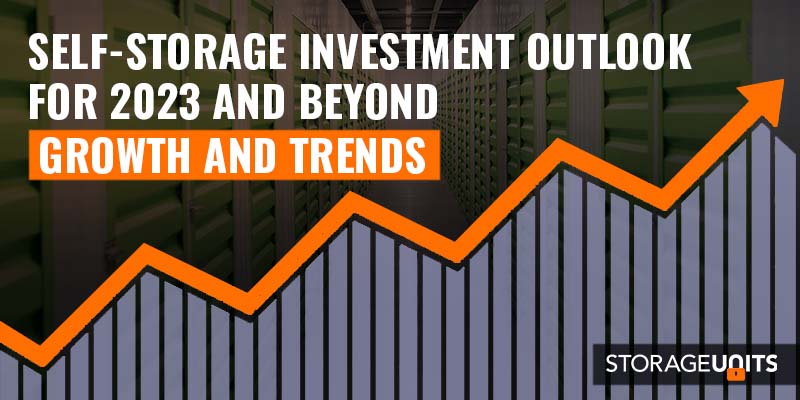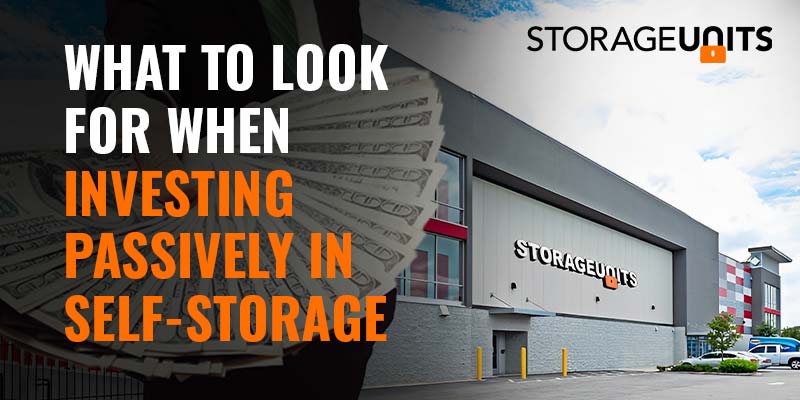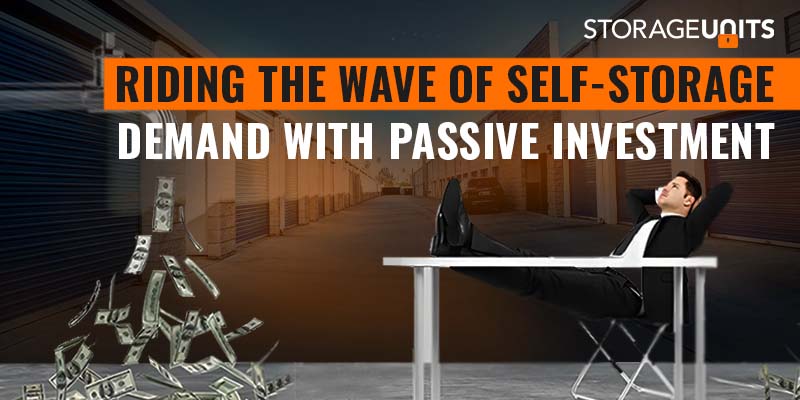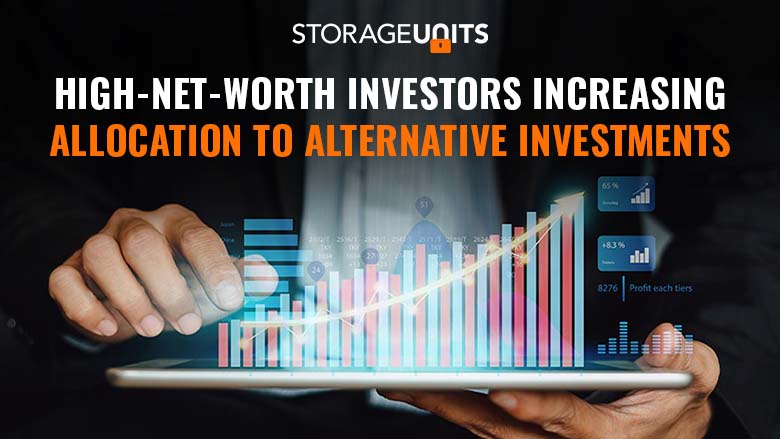Self-Storage Investment Outlook for 2023 and Beyond – Growth and Trends
Self-Storage Investment Outlook for 2023 and Beyond – Growth and Trends Investing in storage units has been a popular choice for investors for many years. As we enter 2023, the outlook for the storage unit industry remains positive, with continued growth and emerging trends that present new opportunities for investors. Why Investing in Storage Units Is a Wise Choice There is increased demand for investing in self-storage units due to the rising population and a higher percentage of people living in smaller homes or apartments. People need storage units to store their extra belongings, and this demand has continued to increase in recent years. The increasing popularity of online shopping. As the popularity of online shopping ticks upward, people need a secure space to store their packages until they can pick them up. This has led to an increase in the number of self-storage facilities in urban areas, where demand is the highest. The gig economy’s growth has also contributed to the need for storage units. For example, many people who work in the gig economy, such as Uber or Lyft drivers, need a place to store their work-related items, such as signs, cleaning supplies, or extra clothing. Growth of the Storage Unit Industry Changes in consumer behavior, population growth, and urbanization have fueled the development of the storage unit industry. More and more people are moving into cities, and with that comes a need for additional storage space. In addition, as people accumulate more possessions, they need somewhere to store them. Storage units offer a convenient and affordable solution. Another factor driving growth in the storage unit industry is the rise of e-commerce and online marketplaces. As more people shop online, there is a greater need for commercial warehousing and fulfillment centers to store and manage inventory. This has created opportunities for developing large-scale storage facilities that can cater to the needs of online retailers. Trends in the Storage Unit Industry While the overall outlook for the storage unit industry is positive, some emerging trends are worth noting for investors. One trend is using technology in storage units. Many storage facilities now offer online reservation systems, smart locks, and security cameras that allow customers to access their units remotely. This makes the storage process more convenient for customers and provides storage facility owners a way to better manage their operations and improve security. Another trend in the storage unit industry is the rise of climate-controlled storage units. These units offer temperature and humidity control — essential for storing electronics, antiques, and other sensitive items. While these units are more expensive to build and operate, they command higher rental rates, resulting in higher profits for storage facility owners. How to Invest Passively in Self-Storage Facilities? Invest in a professionally managed, vertically integrated self-storage fund focused on high-growth self-storage facilities in the fastest-growing markets of the Southeast. Step 1: Download this free passive self-storage investment guide. Step 2: Schedule a one-on-one strategy session to discuss your investment goals. Key Considerations Before Investing in the Storage Unit Industry First, location is critical. A storage facility in a densely populated area is more likely to have high occupancy rates and substantial rental income. It’s also important to consider the competition in the area and whether there is a need for additional storage facilities. Second, it’s essential to consider the cost of building or acquiring a storage facility. While investing in storage units can be profitable, they also require a significant upfront investment. Therefore, investors should carefully evaluate the costs involved and ensure they have a solid plan for generating revenue. Finally, considering the ongoing costs of operating a storage facility, including maintenance, security, and marketing, is essential. While storage facilities can generate steady rental income, ongoing expenses must be factored into the investment. Conclusion Overall, the outlook for investing in storage units in 2023 is positive, with continued growth and emerging trends that present new opportunities for investors. As with any investment, it’s essential to carefully evaluate the costs and potential revenue streams and consider factors such as location and competition. Investing in storage units can be profitable and rewarding with the right strategy and approach. Get ahead of the curve with our self-storage investment fund for 2023 and beyond.







